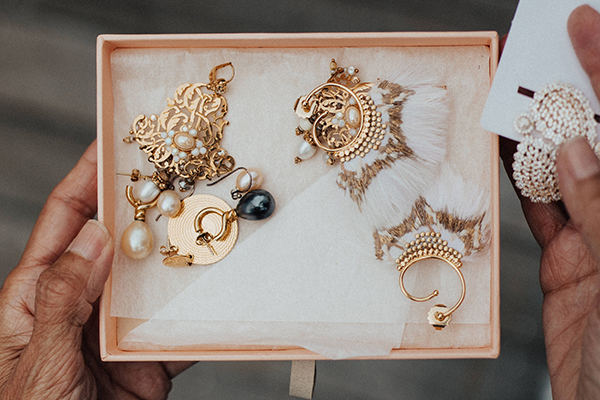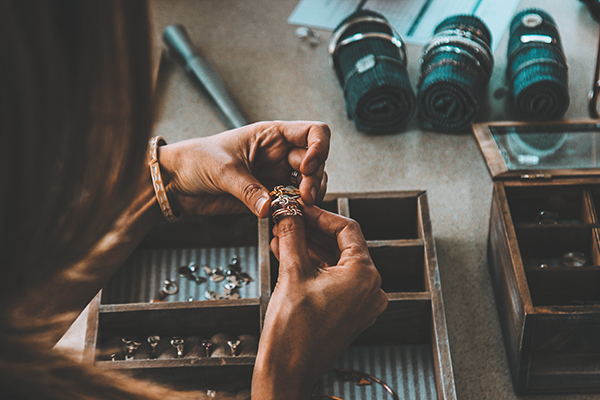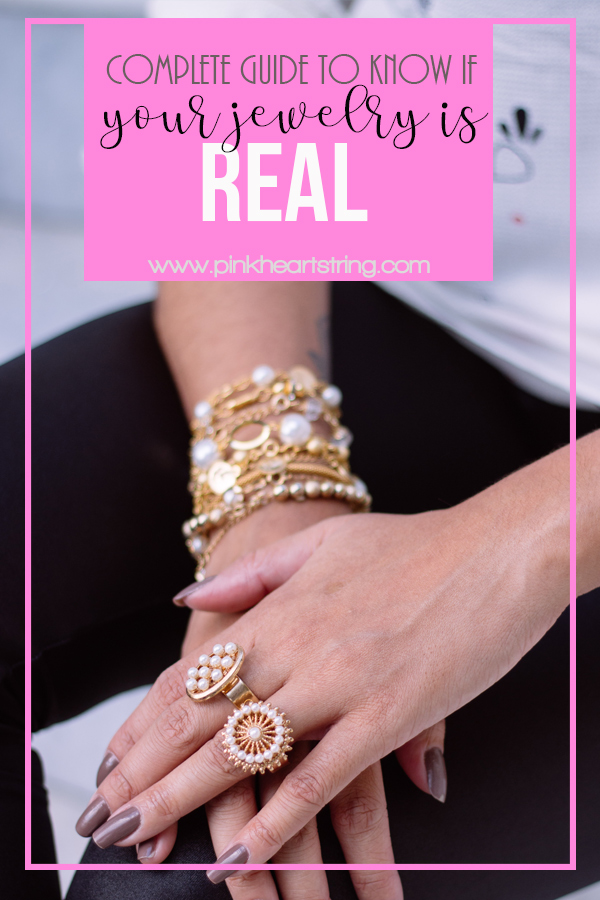Real silver and gold are among the oldest and most reliable metals, but their plated versions are almost worthless. The difference between fake and real jewelry is stark, but differentiating them can be tedious and challenging for eyes that are not trained. This guide will go a long way in helping you to identify fake metals and jewelry so you can protect yourself from fraudulent investment.

1. Workmanship
When you are looking to invest in precious metal or jewelry, you need to take time to assess the quality of the item’s workmanship. You need to determine if the piece is strong enough to withstand wear and tear. You also need to ascertain whether or not the clasps open with ease. In normal cases, jewelry and metals of low-quality break easily and their colours usually fade. With time, the items lose their luster and shine quickly. That is the case because veneers are used in making pot metal seem like silver or gold, and glue is used in securing stones and not prongs. With that in mind, you need to assess the quality of workmanship to determine whether or not a particular precious metal is real or fake.
Of course, buying jewelry from a reputable shop is an excellent way to ensure you are getting quality products. Therefore, if you are looking for jewelry of excellent quality and workmanship, you can always visit Adina’s Jewels to see the items they have to offer.
2. Materials
Fake pieces of jewelry are made from metals which may look like silver or gold but are really silver and gold plated metal. You need to know that plating can deceive you into believing that a certain metal is genuine, and in other cases, these may have a reaction on your skin. In case the item has been thinly plated, they may end up leaving some marks or rashes on your neck, hand, and wrist. Heavy plating, on the other hand, may have the same feel and look of a precious metal. In such a case, it can be challenging to tell the difference between real and fake metals when the items are heavily plated. This is the case especially when the items have been illegally marked as silver or gold.
When you go shopping for precious metal, you need to keep this information in mind. For instance, the only way to be certain that a fake metal is being sold as gold is having a good eye for the looks of gold. An easy way to go about it is to carry a small, strong magnet and place it closer to the piece. If the item is attracted to the magnet, you will know that the item is fake because gold and silver are usually non-magnetic. Nevertheless, you also need to note that this technique may not work if the product is heavily plated. That is because the plating on an item often blocks the actual detection of the metal underlying it.
In the case of silver, it can be easy for a scammer to stamp the item illegally. A piece of jewelry may read 14k gold, but this may be false. You can only ascertain the genuineness of an item through the acid test.

3. Is There a Return Policy?
This factor is an instant giveaway when it comes to shopping for precious metal or jewelry. Most jewelry items, especially when you are buying from an online store and have not been to the store in person, the item comes with a provision of the 14-day return policy. This is important as it gives you the chance to change your mind about metal or jewelry.
In cases where you are not sure of what it is you are looking at, you can always seek the opinion of another person to allay the concerns of authenticity. Having the opportunity to look at the item and getting the chance of sending it back if you aren’t sure about what you want is an indication that the retailer is more than confident that their product is genuine and of quality. This kind of confidence gives you an assurance that indeed what you have is genuine and quality.
4. Test the Metal
If you are unconvinced even after the above steps have been taken, you can carry out some physical tests to tell the authenticity of a jewelry material or precious metal. First, the fog test can be used in determining whether a piece of diamond is real or fake. Breathe hot air onto the item. If the diamond is real, the fog will not be formed since a real diamond doesn’t retain heat. Second, you can use the skin test to identify fake jewelry. If your skin turns blue from wearing the jewelry, then you know that your jewelry is fake. Real jewelry such as gold and silver will not react with your skin. Any skin problems you get from wearing a piece of jewelry is an indication that you are wearing a fake item.
Apart from the tests mentioned, there are other numerous tests you can do to verify the authenticity of a metal. Other tests such as biting or scratching test or the magnetic test can help you detect a fake item. If you are not in a position to do these tests, you can always hire a professional to do the tests for you.

Final Word
If you are not sure about the authenticity or quality of your jewelry, you can always look for a second opinion. Visit a pawn shop or jeweler and find an expert who will examine and assess your item. That way, you can get rid of all the doubts you may have about your precious metal.